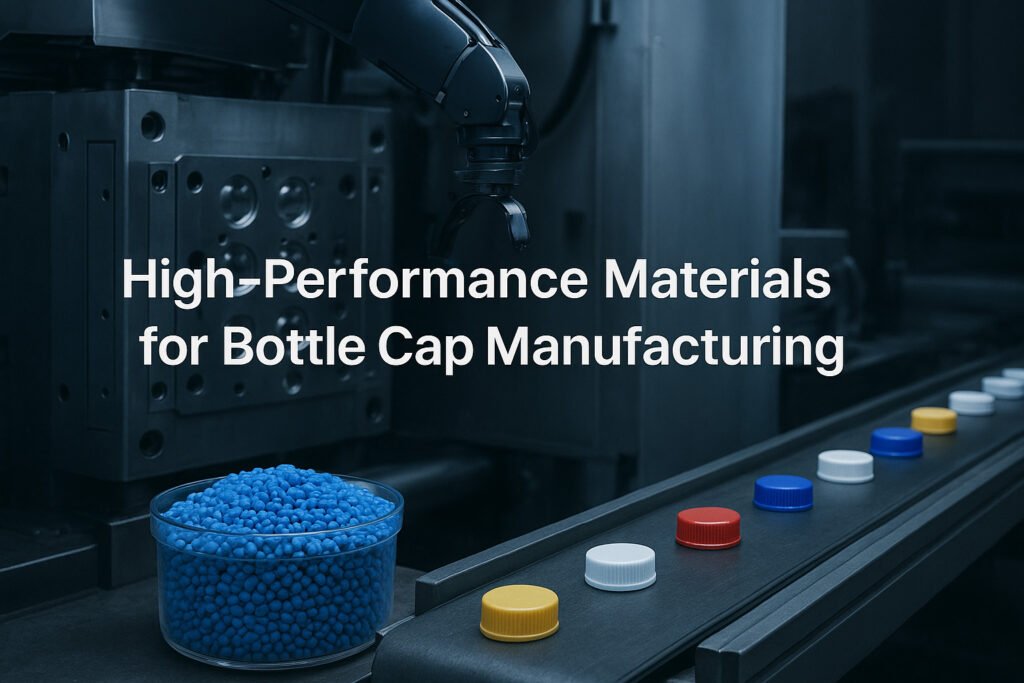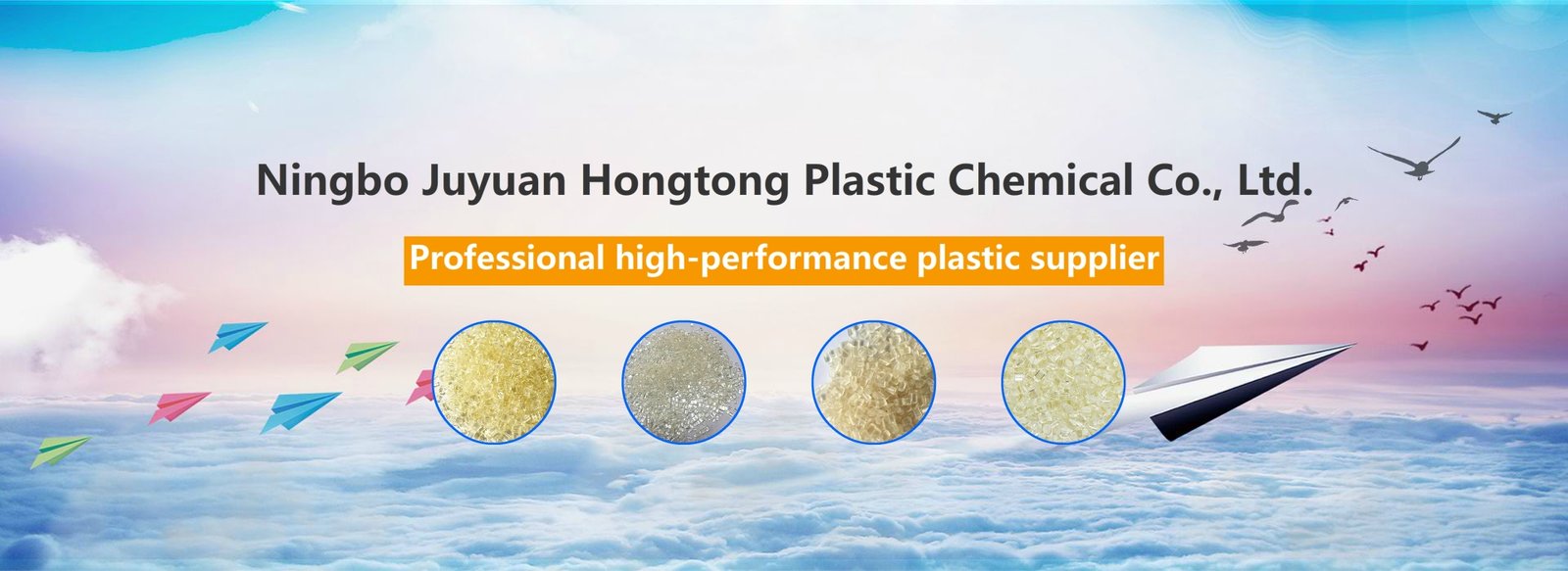1. The Upgrade Logic of the Bottle Cap Industry: From "Being Able to Make" to "Making It Well"
The bottle cap, though seemingly a small component, is a critical link in the entire packaging system.
It not only determines sealing, pressure resistance, and appearance, but also impacts filling line efficiency, transportation stability, and consumer experience.
After 2025, the bottle cap industry is undergoing three major changes:
・Equal emphasis on lightweighting and high sealing: Weight decreases, but strength requirements increase.
・Recyclable and integrated design: PE/PP single-material manufacturing is becoming a trend, reducing contamination from other materials.
・High-efficiency production becomes a competitive focus: High-speed injection molds (multi-cavity molds) require extremely high raw material stability.
In short: bottle caps are no longer just plastic products; they are a product of both brand image and production efficiency.

2. Core Processes and Technical Challenges in Bottle Cap Production
Bottle cap production may seem simple, but it is actually a system that is extremely sensitive to raw materials, molds, and processes.
Main Production Process:
1️⃣ Raw Material Drying and Pretreatment
2️⃣ Injection Molding (Multi-cavity High-Speed Injection Molding Machine)
3️⃣ Demolding and Cooling
4️⃣ Printing/Coding
5️⃣ Secondary Processing (Ring and Lock Structures)
Common Problems and Influencing Factors:
| Issue Type | Possible Cause | Material-Related Factor |
| Poor sealing or leakage | Uneven shrinkage / unstable dimensions | Poor control of material crystallinity |
| Cap cracking | Low impact strength | Excessive homopolymer PP content |
| Warpage or deformation | Uneven melt flow | MFR too low or narrow distribution |
| Poor gloss / color variation | Impurities or unstable additive system | Low purity or poor stabilization |
| Demolding difficulty | Excessive shrinkage or surface tension | Formula not optimized for caps |
The root cause of these problems often lies in the raw material formulation, fluidity profile, thermal stability, and batch consistency.
3. Bottle Cap Raw Material Selection Logic: Balancing Performance and Efficiency
A good bottle cap material must achieve a perfect balance between rigidity, toughness, fluidity, and shrinkage.
| Performance Factor | Impact on Production | Selection Recommendation |
| Melt Flow Rate (MFR) | Determines mold filling speed and cycle time | 25–35 g/10min ideal for high-speed molding |
| Environmental Stress Crack Resistance (ESCR) | Determines durability during transport and use | High-crystallinity HDPE or copolymer-modified PP |
| Nhiệt độ lệch nhiệt (HDT) | Determines heat resistance during hot filling | HDT ≥ 110°C |
| Shrinkage Stability | Ensures dimensional consistency and mold fit | Shrinkage within ±0.02% |
| Food Contact Safety | Required for beverage, condiment, and pharma packaging | FDA / EU 10/2011 certified |
4. Our Solution: Bottle Cap-Specific Plastic Raw Material Series
We provide comprehensive support for bottle cap manufacturing, from general-purpose materials to specialized modified materials.
We consider not only performance indicators but also production costs and mold efficiency.
| Series Name | Core Features | Suitable Applications |
| CAP-PRO Series (High-Flow PP/PE Copolymer) | Excellent flowability, smooth demolding, low odor | Beverage caps, water bottle caps |
| CAP-DURA Series (Stress-Crack-Resistant HDPE) | High ESCR, dimensional stability | Sauce caps, medical caps |
| CAP-ECO Series (Sustainable PCR Material) | 30–50% recycled content, food-contact compliant | Reusable and eco packaging |
| CAP-LIGHT Series (Lightweight Formulation) | 30% better flow, 8–12% weight reduction | High-speed injection caps |
| CAP-CUSTOM (Custom Compounds) | Formulated to specific mold, weight, and demold angle | OEM customization projects |
5. Supply and Technical Service Advantages
Beyond the raw materials themselves, we prioritize stable factory use and accelerated production.
Our advantages include:
✅ High batch stability - Each batch of raw materials undergoes consistency testing for melt index, impact strength, and color.
✅ Multi-brand matching solutions - We can support mainstream international material substitutions, such as Sabic, LyondellBasell, and Borealis.
✅ Technical collaboration services - We provide support for mold commissioning and weight optimization.
✅ Comprehensive certifications - FDA, REACH, RoHS, and EU 10/2011 food contact report.
✅ Fast delivery capabilities - Regional warehousing and customized packaging shorten raw material changeover cycles.
For bottle cap manufacturers, we are not just a supplier, but a partner for process optimization and production efficiency.
6. Future Direction: The Era of Lighter, Greener, and Smarter Bottle Caps
As carbon neutrality progresses, the sustainable direction of bottle caps is becoming increasingly clear:
・Using mono-material solutions for easier recycling;
・Increasing the proportion of PCR recycled materials while maintaining stable physical properties;
・Structural upgrades to meet the requirements of "tethered cap" policy standards.
Amid these trends, we will continue to provide customers with:
・Higher-performance, more environmentally friendly, and more cost-effective bottle cap raw materials;
・Through technical support, we will help customers achieve a comprehensive upgrade from "compliance" to "efficiency."
7. Conclusion
Although small, bottle caps are the product that best embodies the integration of "materials, manufacturing, and brand" in the plastics industry.
Every high-performance plastic particle determines the precision, quality, and future competitiveness of a bottle cap.
We look forward to collaborating with bottle cap manufacturers to help your products become lighter, more stable, and more sustainable, starting from the raw material side.

